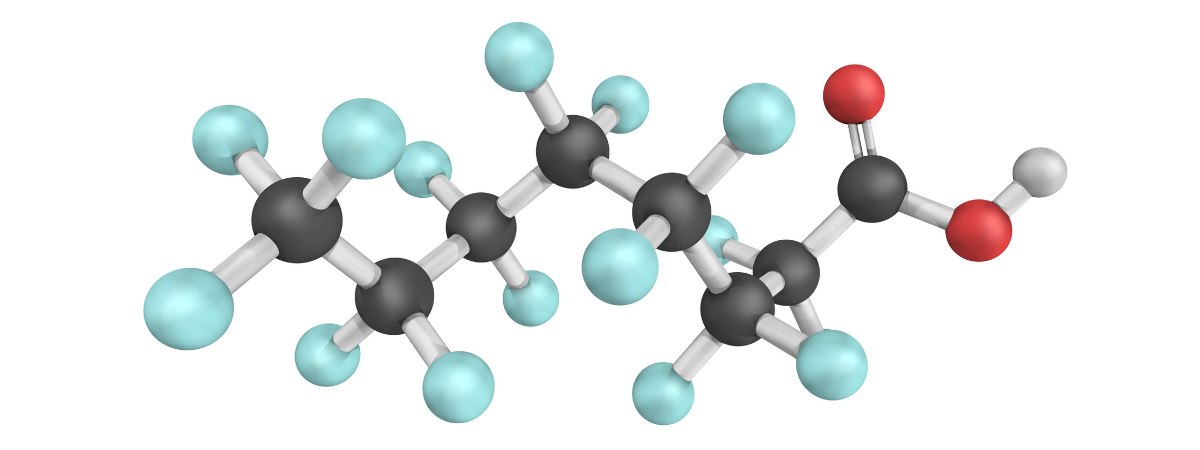PFAS (Per- and Polyfluoroalkyl Substances) have become a significant pollution concern in recent years. Utilized since the 1940s in numerous everyday items due to their desirable properties, such as resistance to water, oil, and heat, these “forever chemicals” have been linked to severe health risks, including cancer.
In addition to their widespread use in consumer products, PFAS are also integral to the production of nearly all lithium-ion batteries. They are found mainly in three different parts of the battery:
- Binder for the Electrodes: PVDF (polyvinylidene fluoride) and PTFE (polytetrafluoroethylene) are the most commonly used binders in electrodes, and both are PFAS materials. Although many manufacturers produce anodes using water-based processes (thus avoiding PFAS materials), virtually no one makes cathodes without PVDF, except for companies like Leclanché and a few startups. Replacing PVDF in cathodes is far more challenging than in anodes due to corrosion and pH issues.
- Electrolyte Additives: Some electrolyte additives belong to the PFAS family. While these are not always present in the batteries, some manufacturers still use them. There are alternative, proven additives available and in use today, but PFAS-type additives remain common among certain manufacturers.
- Separator Coatings: The coatings on separators are often made using PVDF as a binding agent. Although the separator itself is usually made of non-PFAS materials like PE (polyethylene) or PP (polypropylene), the ceramic coatings require binders to adhere to the base material and to hold the ceramic particles together. PVDF has been the primary material used for this purpose. New separators using PMMA (polymethyl methacrylate) as a replacement for PVDF are emerging but are still in the early stages of deployment. Non-coated separators typically do not contain PFAS, but safety considerations often prevent their use.
Understanding the pervasive presence of PFAS in both everyday items and critical technology like lithium-ion batteries highlights the urgent need for continued research and development of safer alternatives. Reducing reliance on these harmful substances is crucial for protecting both human health and the environment.


